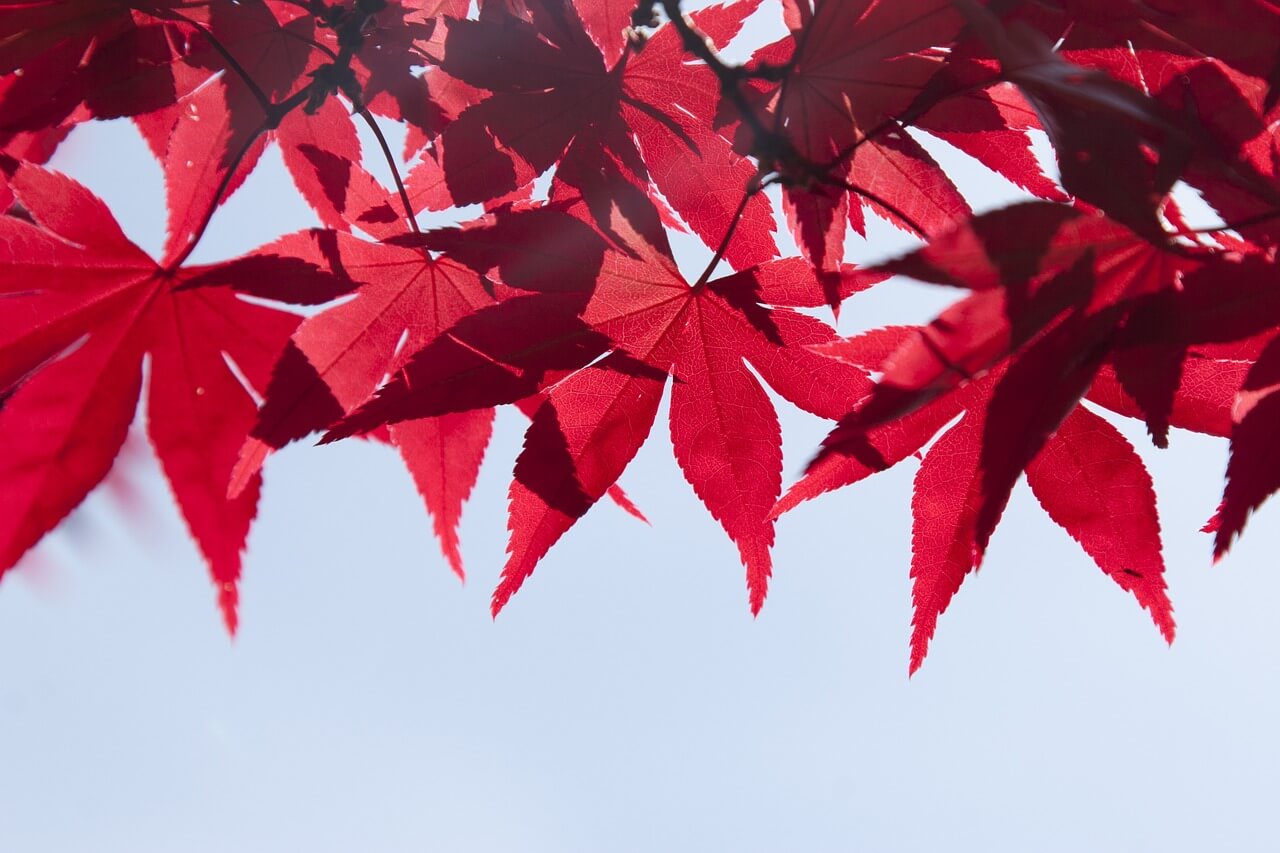Early spring is often considered the right time to plant trees in Colorado, but Fall is actually a perfect time to plant in Denver. You should complete all planting by mid-October. This means right now is the time to plant those trees for color and foliage in the Spring season. In our quest, as your Denver tree service experts, to bring you timely information for your landscape, here are some things to keep in mind when planting trees in the Fall.
Denver’s dry climate and sometimes poor, alkaline soils can present some difficulties for trees. Healthy, long-lived trees get off to a good start when you pay attention to some tree-planting fundamentals, so do your homework before planting trees. They need room to develop root systems underground and branches above ground. Don’t plant trees that will grow too large in small areas. Also avoid planting under power or telephone lines or too close to buildings.
Get Started Planting!
Before digging, contact your utility company to mark the location of any underground lines. You could be liable for damage done to such lines. Then, to prepare the site, mark a circle or square at least 3 times the diameter of the tree’s root ball. In clay soil, dig to a depth 2-4 inches shallower than the height of the rootball. Leave the bottom of the hole firm and undisturbed. To the excavated soil, add 25 percent, by volume, of a coarse organic amendment, such as sphagnum peat, compost or aged manure. Mix it well with the excavated soil; this becomes your backfill.
Remove any plastic or metal containers from the root ball. If the tree is in a fiber pot, tear off the sides. If the roots of a containerized tree are pot-bound, tease out some of the roots and shallowly slit the root ball’s sides with your finger or a knife. For balled trees, cut any rope tied around the trunk and pull the burlap away. Cut any reinforcement wire, removing as much as possible. Be sure the root ball stays intact. Shovel backfill into the hole; continue until roots are covered and most of the backfill is used. Don’t tamp the soil. Don’t put fertilizer into the planting hole; it may cause root injury. Instead, wait until next spring to fertilize lightly.
How Much Water?
Water the soil at relatively low pressure. Let the water settle the soil. If the soil settles below grade, add more backfill. When done, the planting area should be well-soaked and moist backfill should barely cover the top of the rootball. Mulching will reduce watering frequency in the coming months. Also, don’t stake small trees or those not in the wind’s path.
Make sure to water during the winter months too if it is particularly dry. One rule for watering throughout the winter, involves the winter holidays. Water on Halloween, Thanksgiving, Christmas, Martin Luther King Day, Valentine’s Day, and then get back on track with your Spring watering schedule.
Need help with tree planting this Fall?
Our arborists can visit and assess your property for your unique trimming, pruning, planting, removal and stump grinding services. Give us a call today: 303-639-8584.

